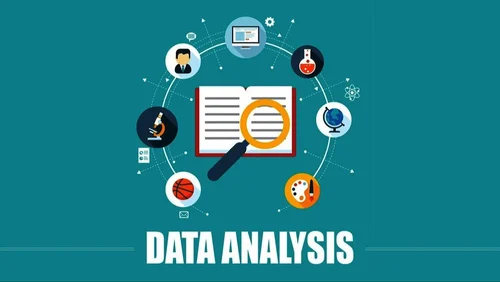Typical Meteorological Year (TMY) data is a treasure trove of meteorological information condensed into a single representative year. It serves as a fundamental resource for various industries, including renewable energy, building design, and climate research. To extract valuable insights and make informed decisions, mastering TMY data analysis is essential. In this article, we explore techniques and best practices for effectively utilizing TMY data.
1. Data Quality Assessment
Before diving into analysis, ensure the quality of your TMY dataset. Check for missing or erroneous data points, outliers, and inconsistencies. Data validation and cleaning are crucial to obtaining accurate results.
2. Solar Radiation Analysis
For solar energy projects, analyzing solar radiation data from TMY datasets is paramount. Techniques such as solar radiation modeling and mapping help estimate solar energy potential accurately. Consider factors like direct and diffuse radiation when assessing the availability of solar resources.
3. Wind Resource Assessment
In wind energy planning, focus on wind speed and direction data. Wind resource assessment involves techniques like Weibull distribution fitting and wind flow modeling. These methods aid in understanding long-term wind patterns and determining suitable turbine locations.
4. Statistical Analysis
Statistical techniques are essential for identifying trends and patterns in TMY data. Regression analysis, correlation analysis, and time series analysis are valuable tools for uncovering relationships between meteorological variables, which can inform energy generation predictions.
5. Climate Data Trends
When using TMY data for climate research, investigate trends and climate change impacts. Analyze temperature and precipitation data to detect long-term shifts in local or regional climate patterns. Trend analysis methods like Mann-Kendall and Sen’s Slope estimator are commonly applied.
6. Machine Learning and Artificial Intelligence
Machine learning and AI techniques are gaining prominence in TMY data analysis. These approaches can uncover complex relationships within the data, improving the accuracy of predictions. Algorithms like neural networks and decision trees are increasingly used for forecasting energy generation or climate trends.
7. Visualisation
Effective data visualization is vital for conveying findings to stakeholders. Create clear, informative charts, graphs, and maps to present TMY data insights. Tools like geographic information systems (GIS) can help create visually compelling representations of weather patterns.
8. Model Validation
When utilizing TMY data in modeling and forecasting, validate your models against observed data. Use metrics such as root mean square error (RMSE) or mean absolute error (MAE) to assess model performance and adjust parameters as needed.
9. Data Integration
In some cases, TMY data needs to be integrated with other datasets, such as terrain data or energy consumption data. Ensure compatibility and consistency when merging different datasets to gain a holistic understanding.


